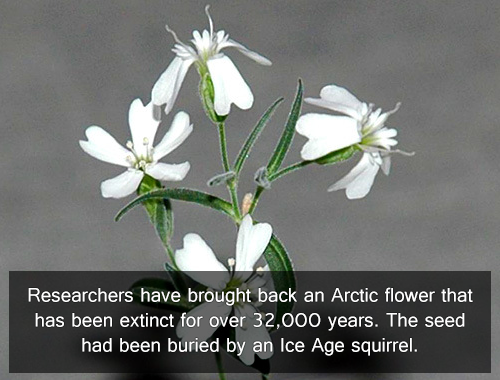The compositional difference between the upper and lower portion of the tuff at The Pinnacles is particularly obvious in this photo, due to the dramatic lighting. I
mentioned yesterday that for years, I had understood this compositional change to be due to magmatic segregation in the enormous Mazama magma chamber. But in retrospect, and thinking a bit more carefully, magmatic segregation occurs not by felsic and mafic components separating in molten form- they are not
immiscible liquids. Segregation occurs as higher melting/freezing temperature minerals crystallize out of the solution, leaving the liquid portion of lower melting/freezing compositions behind, commonly by settling, or being "sieved" out. The resulting more felsic melt might also be pressed out, leaving the more mafic solids behind. In other words, magmatic segregation does not form two different compositions of melt, it forms a molten portion and a (mostly) solid portion of two compositions. Multiple episodes of cooling could form three or more distinct compositions.
What we're seeing here is clearly two different compositions of
melt.
Now, I've not read any scholarly papers on this, but I did read an article in Scientific American in the mid-80's, and discussed the ideas therein pretty thoroughly with Ed Taylor. To the best of my recollection and understanding, what this represents is an injection of mafic composition into the bottom of a felsic melt. (Note, I do not know the true compositional names of these- is the felsic portion rhyolite, dacite, rhyodacite, etc? So I'll just refer to them as mafic and felsic.) The higher temperature of the additional melt may have triggered a massive convective overturn in the overlying felsic pool, which had previously been stable. The cooler (less thoroughly volatile saturated?) upper felsic magma was replaced with hotter (more volatile saturated?) lower felsic magma. Like
Lake Nyos in Cameroon, this disruption led to runaway gas exsolution from the magma (though the primary gas was certainly water, not CO2)- in other words, a catastrophic eruption.
So in shortest form, what we're seeing here is not only the result of the eruption, but also the
trigger for the eruption. And that blows my mind, in a caldera-forming sort of way.
Photo unmodified. August 18, 2011.
FlashEarth location.















































